Non-ablative laser resurfacing allows you to tighten skin, reduce fine lines, improve complexion, level relief, and tighten pores. This gentle version of laser exposure is recommended for people with signs of photographic and skin aging.
Ablative and Non-Ablative Laser Resurfacing: What's the Difference
Ablative and non-ablative resurfacing methods differ in the degree of laser exposure of the treated area.
Ablative lasers, which act on the skin, damage its surface. The temperature of the treated areas rises almost instantly to 150 ° C. There is a directed and controlled trauma to the skin to initiate the recovery processes.
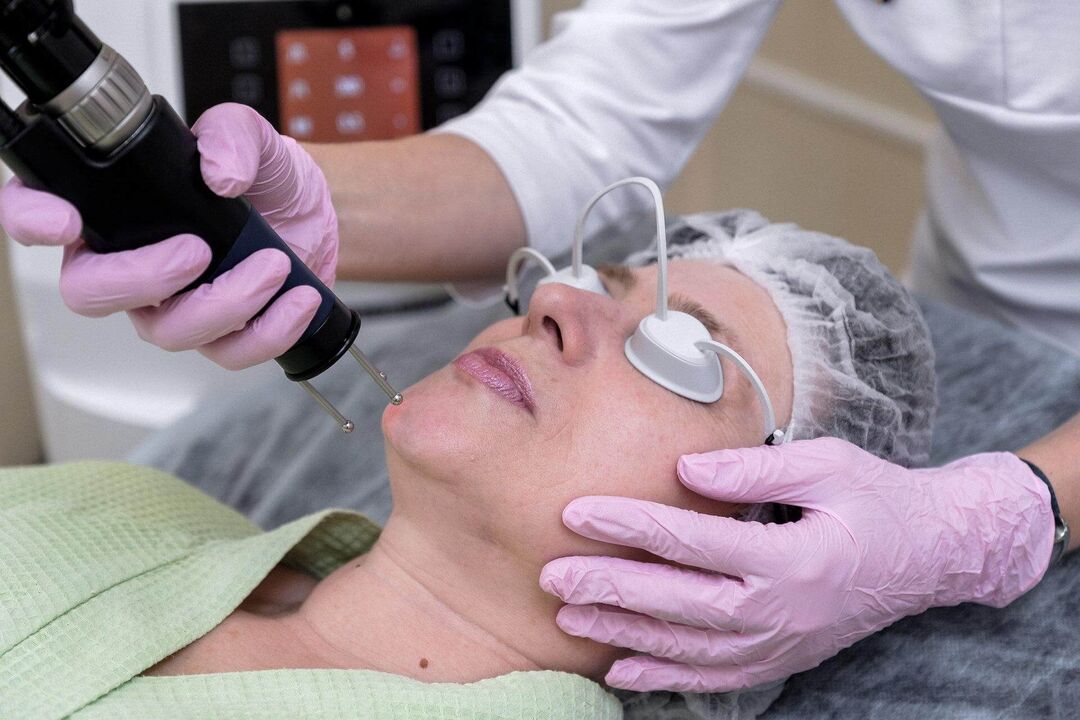
The depth of exposure depends on the laser used. Carbon dioxide penetrates deeper than erbium and captures the upper part of the dermis. The stronger the impact, the longer the payback period the client will have to go through.
The non-ablative procedure is gentler and does not have a rehabilitation period. The doctor selects the power and diameter of the laser light beam, which ensure that the beam penetrates deep into the skin. The surface of the treated skin area is not disturbed, only hyperemia remains.
The essence of non-ablative laser resurfacing, the effect of the method.
The firmness of the skin depends on the amount of structural proteins. These include elastin and collagen. They are responsible for the skin's ability to stretch and contract.
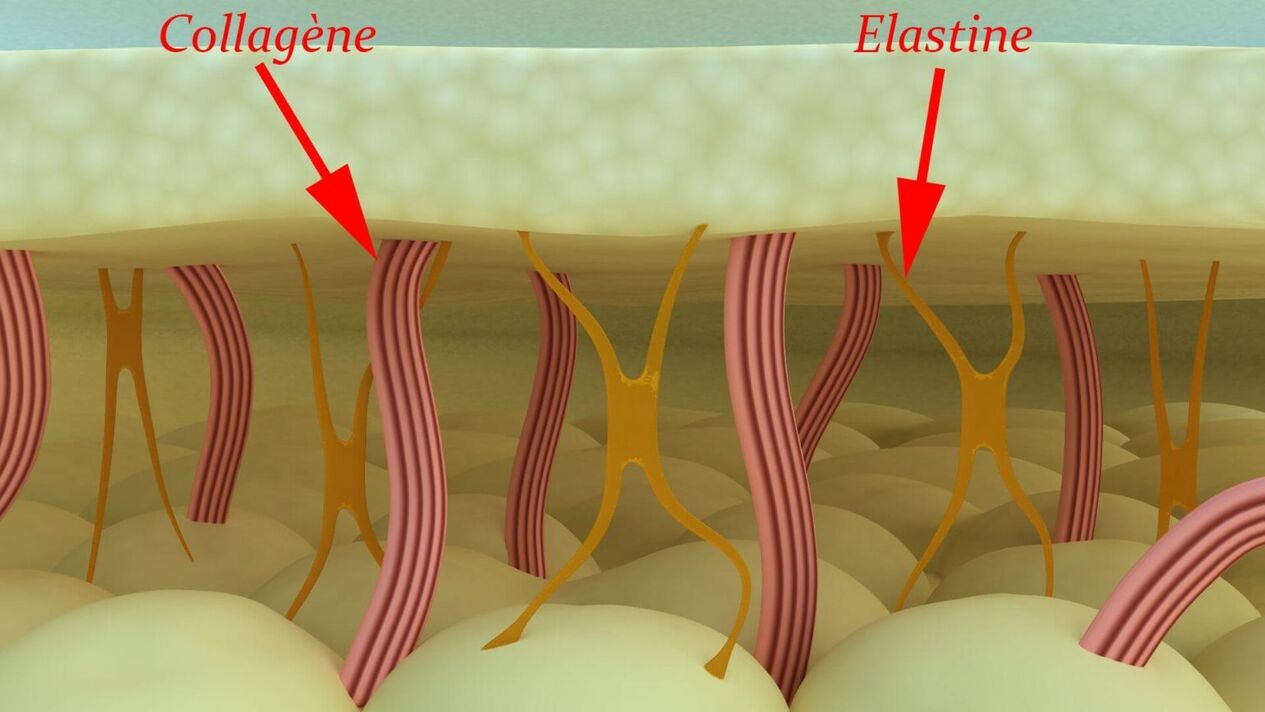
If the amount of structural proteins in the skin decreases, it recovers worse after stretching, it becomes flabby and flabby. Wrinkles start to appear.
Laser beam, which is a directed beam of light:
- It affects the structure of the dermis;
- Protein denaturation occurs;
- Stimulates the synthesis of new collagen and elastin molecules.
The purpose of non-ablative laser treatment is to heat the structural proteins to 42-80 ° C. At the temperature limit, denaturation of the protein occurs: it thickens, activating aseptic inflammation, which leads to the initiation of the process. recovery. New fibroblast cells appear and the skin gradually renews itself.
Today, clients of cosmetology clinics have access to laser resurfacing with a neodymium, erbium, diode or alexandrite laser.
Advantages of the procedure, disadvantages
The indications for non-ablative laser resurfacing are:
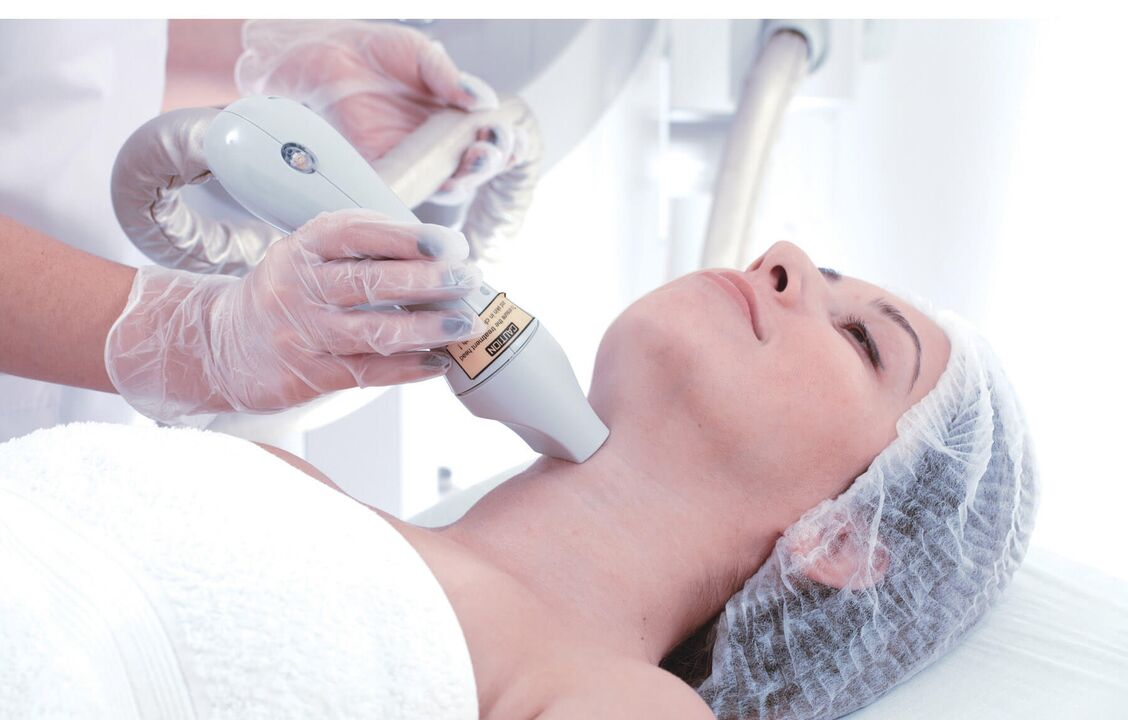
- Photo and chrono-aging of the skin of the face, neck, décolleté, hands;
- Diminished tone;
- Uneven complexion
- Post-acne;
- Scars;
- Vascular asterisks.
The benefits of non-ablative laser resurfacing include:
- Moderate impact. The laser leaves no visible damage. In rare cases, slight swelling may occur;
- Physiological rejuvenation;
- Quick recovery. The surface of the skin is not altered, after the procedure, hyperemia, which disappears in 24 hours;
- The precision of the impact. In the laser device, the diameter of the light beam, the pulse power and various operation options are set.
The procedure has its drawbacks:
- More procedures are required in relation to the ablative method;
- Slight impact cannot remove deep scars;
- Monthly repetition. It is advisable to carry out a course of 3-6 procedures every 14-30 days. Then the cumulative effect will be fully manifested and the result will be more remarkable;
- High price.
Non-ablative laser resurfacing is recommended for people who do not want a period of rehabilitation and can afford to do the procedures as a course.
Possible complications
The probability of complications during non-ablative laser resurfacing is significantly lower than with traditional treatments (chemical and acid peels, surgical interventions, etc. ). The main risk is untrained staff and low-quality equipment. The problem is easily solved by consulting the reviews of the clinic.
In a personal meeting with a cosmetologist, you need to ask a question about the education of a cosmetologist and apply for a certificate for a laser.
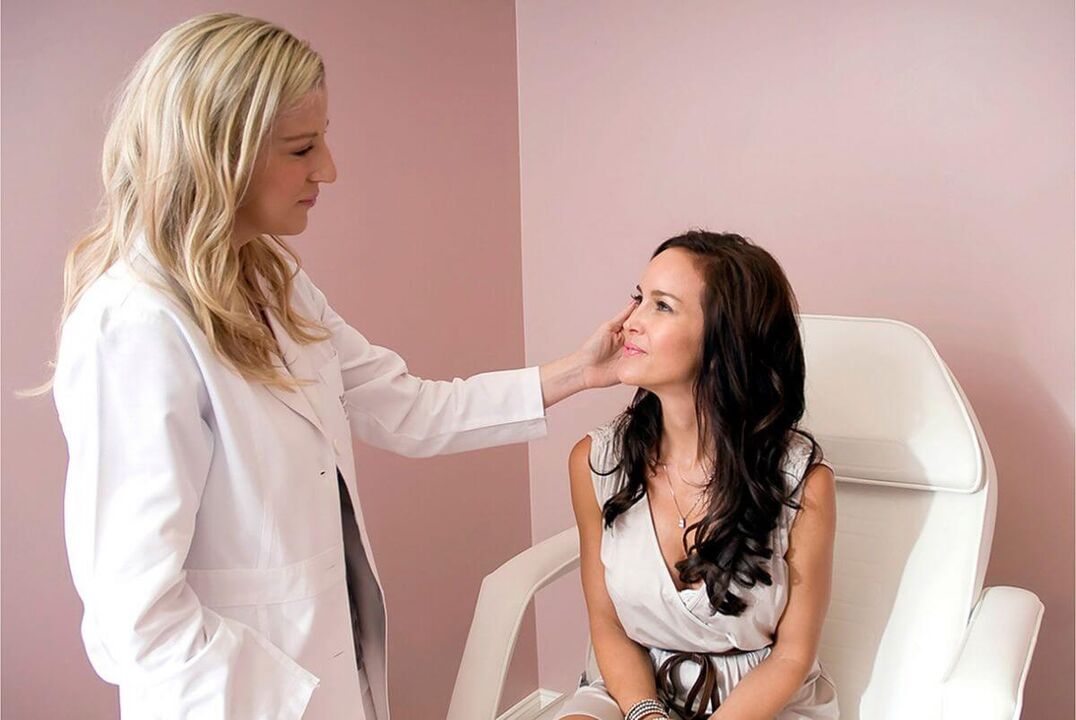
It will not be superfluous to clarify when the machine was last checked and ask for confirmation that the laser is in order.
The patient should inform the doctor about possible allergic reactions to drugs. Before the procedure, the doctor is obliged to inform about contraindications.
How does non-ablative laser skin resurfacing work?
Before preparing for non-ablative laser resurfacing, keep in mind that this procedure requires a mandatory consultation with a physician. The cosmetologist assesses the condition of the skin, predicts the result, selects a technique based on the individual characteristics of the patient's skin. It is important to make sure that there are no contraindications: pregnancy, skin neoplasms, inflammation and infectious diseases, etc.
Preparing for the session
Before the non-ablative rejuvenation procedure, it is worth stopping the use of alcohol, tetracycline antibiotics, blood thinners, and retinol.
There should be no damage to the treated area of the skin.
A week before going to the doctor, you need to give up aggressive peels and alcohol-containing cosmetics. Immediately before visiting the clinic, it is not necessary to apply decorative cosmetics, creams and lotions to the treated area.
Technique
The cosmetologist selects the procedure for the procedure, the intensity of radiation, the area of treatment. The client goes through 4 stages:
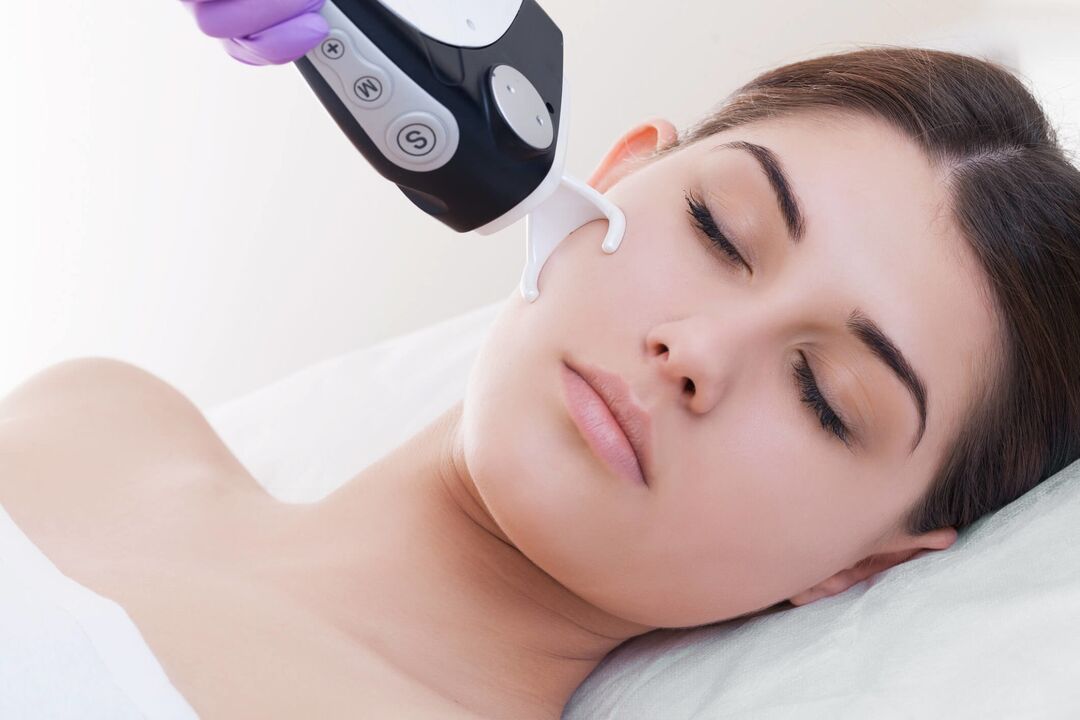
- Accommodation. The patient lies down on the stretcher, taking a comfortable position, in which he will spend 10 to 30 minutes. The hair is removed from the forehead with a disposable cap;
- Facial Cleansing. The doctor removes the remains of cosmetics, sebum and other impurities;
- Laser treatment. The esthetician in scan mode processes the required areas;
- To reduce redness, a cream is applied to the treated area, which stimulates the regeneration processes.
Most people do not experience pain during non-ablative rejuvenation. For a client with sensitive skin, the doctor will offer a local anesthetic.
Recovery
Slight redness in the treatment area and a sensation of internal heat. These symptoms go away on their own within 1-2 days.
For the best effect, the first 3-4 days, you need to protect the treated areas from high temperatures: give up the bath, saunas, solarium for 2 weeks. It is not necessary to rub the skin with your hands, actively massage, apply decorative cosmetics.
Non ablative laser resurfacing prices
Depending on the device used in the clinic and the type of radiation source (erbium, neodymium, diode, etc. ), the price of non-ablative laser facial skin resurfacing is $ 45 to $ 330. The number of recommended procedures is at least three, the full course will cost the client $ 140-1000.
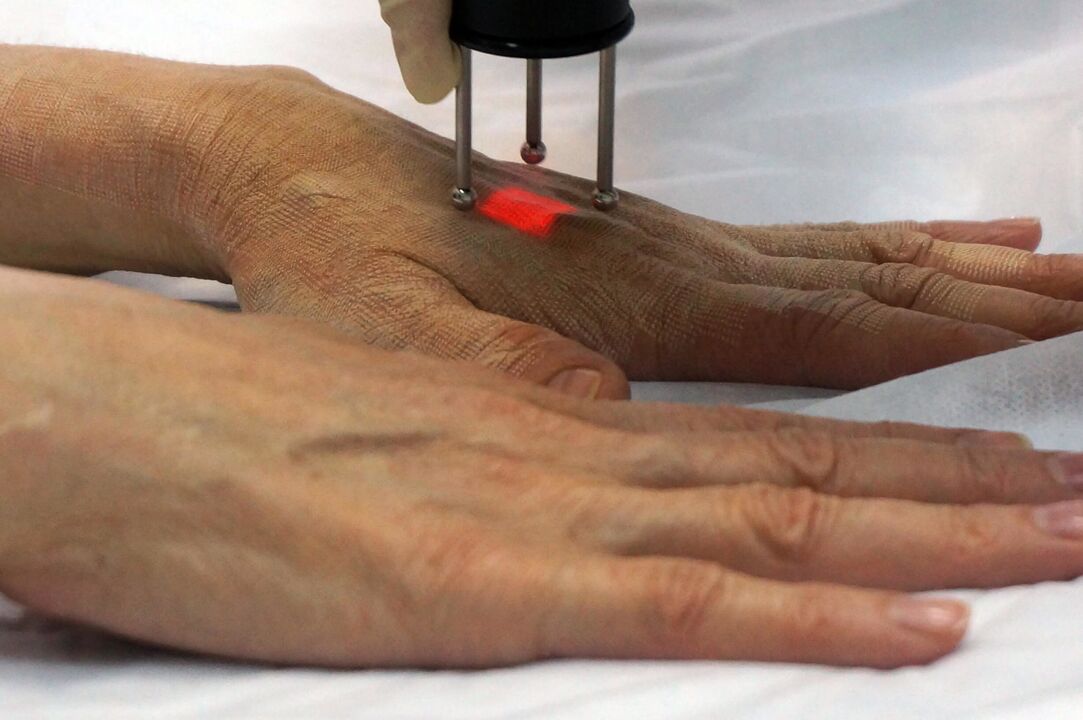
Neck and hand treatments are cheaper - $ 28 to $ 125 (these areas generally cost the same). Neckline: from $ 33 to $ 145. The procedure can also be applied to other parts of the body: abdomen, buttocks, thighs, shoulders and arms. Several clinics offer partial treatment: treatment of the frontal area, nose, facial wrinkles near the eyes.
Many clinics offer a complex: face + cleavage, face plus neck, face + neck + cleavage, etc. These general anti-aging treatments are cheaper than treating the areas separately.
The cost of the service is set independently by each clinic. A significant drop in prices should be alarming. There is a possibility that the clinic is using poor quality equipment or is not following the recommendations for replacing the consumable parts of the device.
Reviews (2)
On the websites of cosmetology clinics, clients post non-ablative laser resurfacing reviews, share their impressions and advice, post "before" and "after" photos.
"I have completed a full course in laser resurfacing. I will tell you about the procedure itself, so beginners know what to expect: the beam heats up. It feels like a mild electric shock, it burns a little, but you can take it. If someone laser hair removal has been done, here is one in one.
The face after the treatment turned slightly red, but you can safely go to work the next day. The effect gradually builds up: the face is visibly smoothed, the skin thickens. After 5 days my skin peeled off a bit, but there was no such thing that peeled off directly. Overall I'm happy with the way the effect will wear off, I plan on repeating it. "
"The first time I decided on non-ablative laser skin resurfacing was in 2015. And I was amazed at the effect! The first few hours my face was burning, like scalding with boiling water. Then the impressions were, like a light tan , no tightening occurred. The second time I made up my mind after persistent publicity from my friend. He did it at another clinic and became noticeably younger, by 10 years.
I went to a consultation with a beautician, he explained to me that the first time the power was chosen incorrectly. I told you something about wavelengths, how a neodymium laser works, but I didn't understand anything. And the second time I liked everything! So now I also advise everyone. The main thing is to find a competent specialist. "
In most non-ablative laser resurfacing reviews, patients notice a visible result.
Non-ablative laser resurfacing helps maintain skin tone and prolongs youthfulness. The absence of aggressive effects allows people with sensitive skin to use the procedure.
Before performing non-ablative rejuvenation, a consultation with a cosmetologist is required.
















































































